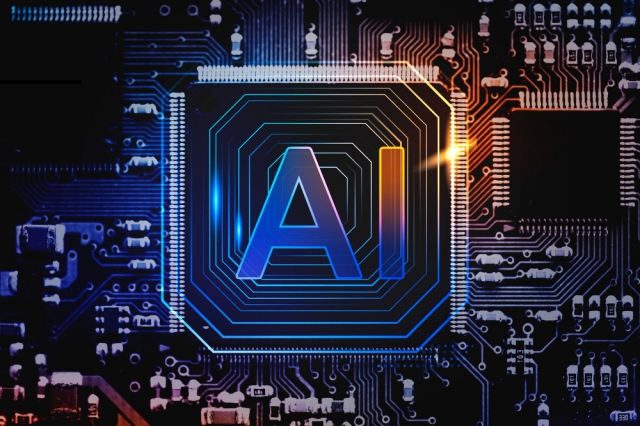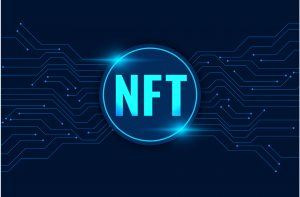AI Systems: A Brief Overview of Their Evolution
The evolution of AI systems has been a remarkable journey, marked by significant milestones and breakthroughs. The history of AI can be traced back to the mid-20th century when pioneers like Alan Turing laid the groundwork for machine intelligence with concepts such as the Turing Test. Early AI systems focused on symbolic reasoning and problem-solving but faced limitations due to computational power and data availability.
As technology advanced, so did the field of artificial intelligence. The development of machine learning in the 1980s introduced algorithms that enabled computers to learn from data rather than relying solely on programmed rules. This shift allowed for more adaptive and flexible AI applications.
The late 2000s marked a pivotal moment with the rise of deep learning, a subset of machine learning that utilizes neural networks to process vast amounts of data. Milestones in deep learning, such as breakthroughs in image and speech recognition, demonstrated the potential for AI systems to perform complex tasks with high accuracy.
Today, AI systems continue to evolve rapidly, driven by advancements in computing power and access to big data. As we look forward, understanding this evolution is crucial for appreciating how far we've come and where we are headed in harnessing artificial intelligence across various industries.
The Core Technologies Driving AI Systems Today
The core technologies driving AI systems today encompass a variety of sophisticated methodologies, each contributing to the remarkable capabilities we see in applications ranging from chatbots to autonomous vehicles. At the heart of these advancements are machine learning algorithms, which enable systems to learn from data and improve their performance over time without explicit programming.
Natural language processing (NLP) is another critical component, allowing machines to understand and interpret human language. This technology powers everything from voice-activated assistants to text-based chat interfaces, making interactions more intuitive.
Neural networks mimic the way human brains operate, enabling complex pattern recognition and decision-making processes. These networks are foundational in areas such as image recognition and natural language understanding. Additionally, computer vision technology allows AI systems to interpret visual information from the world around them, facilitating tasks like facial recognition and scene understanding.
Reinforcement learning further enhances AI capabilities by using feedback mechanisms that reward desired behaviors, allowing models to optimize their strategies through trial and error.
Platforms like Overchat.ai leverage these advanced artificial intelligence models—such as ChatGPT, Claude, Gemini, and Mistral—among others—to deliver powerful solutions for various applications. By integrating these technologies, Overchat.ai provides users with an enhanced experience that combines cutting-edge AI with practical functionality.
Deep Learning vs. Traditional Machine Learning: Key Differences Explained
Deep learning and traditional machine learning represent two distinct approaches within the realm of artificial intelligence, each with its unique methodologies and applications. Understanding the key differences between these two can provide valuable insights into their respective strengths.
Traditional machine learning methods typically rely on structured data and utilize algorithms that require significant feature engineering. In this context, practitioners often engage in supervised or unsupervised learning. Supervised learning involves training a model on labeled data to predict outcomes, while unsupervised learning focuses on identifying patterns in unlabeled data without predefined categories. Feature extraction techniques play a crucial role here, as they help to identify relevant variables within the dataset that can improve model performance.
In contrast, deep learning technologies leverage neural networks with multiple layers (hence "deep") to automatically learn representations from raw data. This capability significantly reduces the need for manual feature extraction, as deep learning models can discover intricate patterns and relationships within large datasets independently. As a result, deep learning excels in domains such as image recognition and natural language processing where vast amounts of unstructured data are prevalent.
While traditional machine learning methods are often more interpretable and require less computational power for smaller datasets, deep learning has proven advantageous for handling complex problems involving large-scale data. Understanding these differences is essential for selecting the appropriate approach based on specific project requirements and available resources.
The Role of Big Data in Enhancing AI System Performance
Big data plays a crucial role in enhancing the performance of AI systems by providing the necessary volume and variety of data that these systems require to learn and improve. Big data analytics allows organizations to process vast amounts of information, extracting valuable insights that can be used to train AI models effectively.
The sheer volume of data available today means that AI systems can access diverse datasets, which is essential for building robust models capable of generalizing across different scenarios. However, it's not just about having large amounts of data; the variety is equally important. Data comes from numerous sources and in various formats—structured, semi-structured, and unstructured—which enriches the training process.
Data preprocessing is a critical step in preparing this big data for AI applications. This involves cleaning the data, handling missing values, and transforming it into a suitable format for analysis. Proper preprocessing ensures that the training data fed into AI systems is high-quality and relevant, ultimately leading to improved model accuracy.
Moreover, the importance of training data cannot be overstated. High-quality training datasets enable AI models to learn patterns effectively and make accurate predictions or decisions based on new inputs. As organizations continue to harness big data analytics, they must prioritize effective preprocessing techniques and ensure they are using diverse datasets to maximize their AI system's performance.
The Impact of Cloud Computing on the Development and Scalability of AI Systems
Cloud computing has revolutionized the way AI systems are developed and scaled, providing a robust infrastructure that enhances the capabilities of machine learning models. One of the key advantages of cloud-based AI solutions is their ability to offer virtually unlimited resources. This enables developers to access powerful computing power on demand, allowing them to train complex models without the constraints of local hardware limitations.
Scalability is another critical factor where cloud computing shines. Traditional AI development often faced challenges related to scaling machine learning models due to fixed infrastructure. However, with cloud computing, organizations can easily adjust their resources based on project needs, whether it's scaling up for intensive training sessions or scaling down during less demanding phases.
Moreover, cloud computing facilitates collaboration among teams by providing a centralized platform for data storage and processing. This allows multiple stakeholders to contribute effectively and efficiently to AI projects from different locations. As a result, businesses can accelerate their AI initiatives while maintaining flexibility and cost-effectiveness in their operations.
In summary, the integration of cloud computing into AI development not only enhances scalability but also streamlines workflows and fosters innovation in creating advanced AI solutions.






